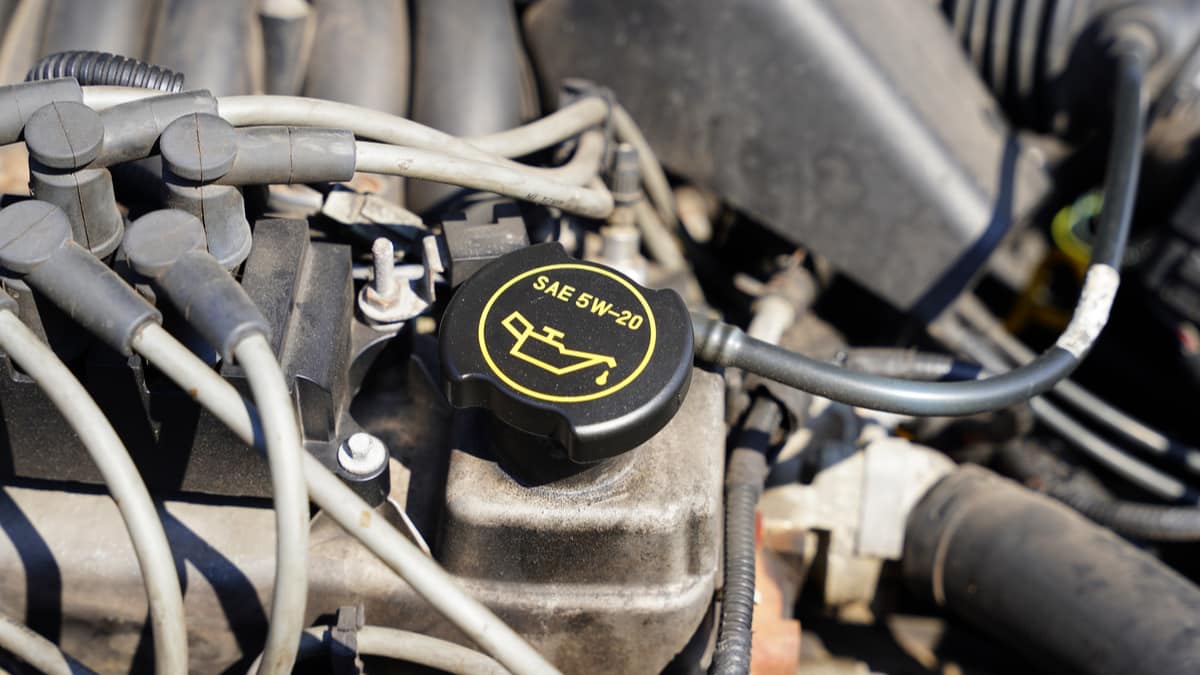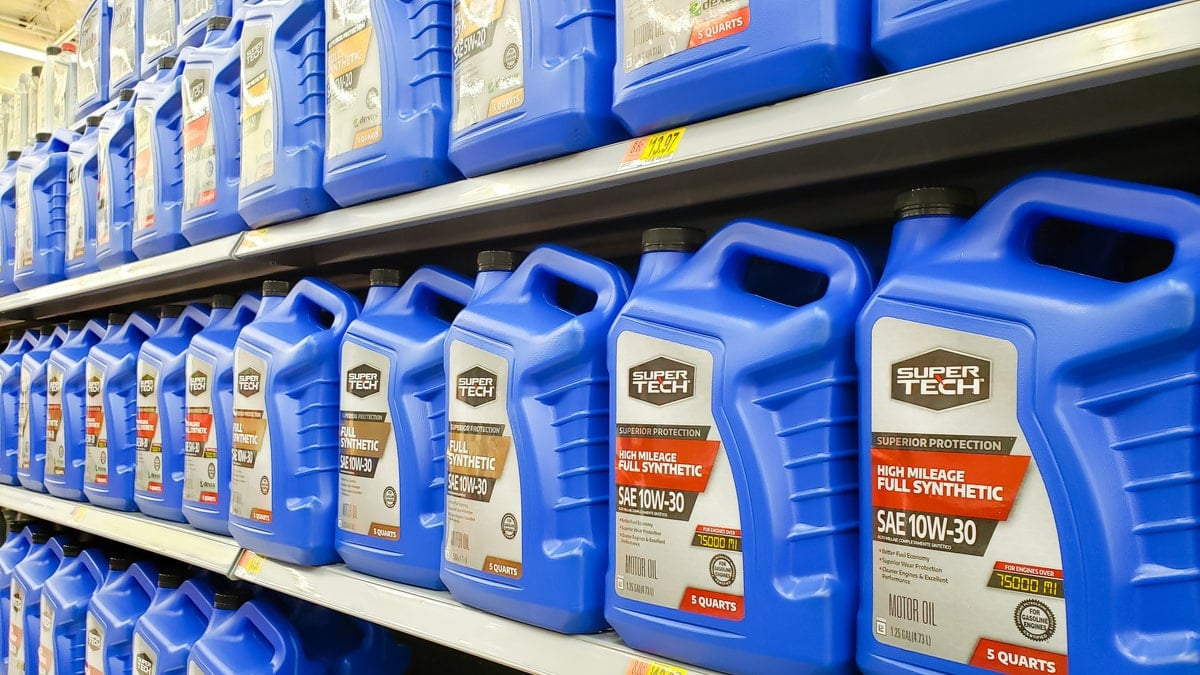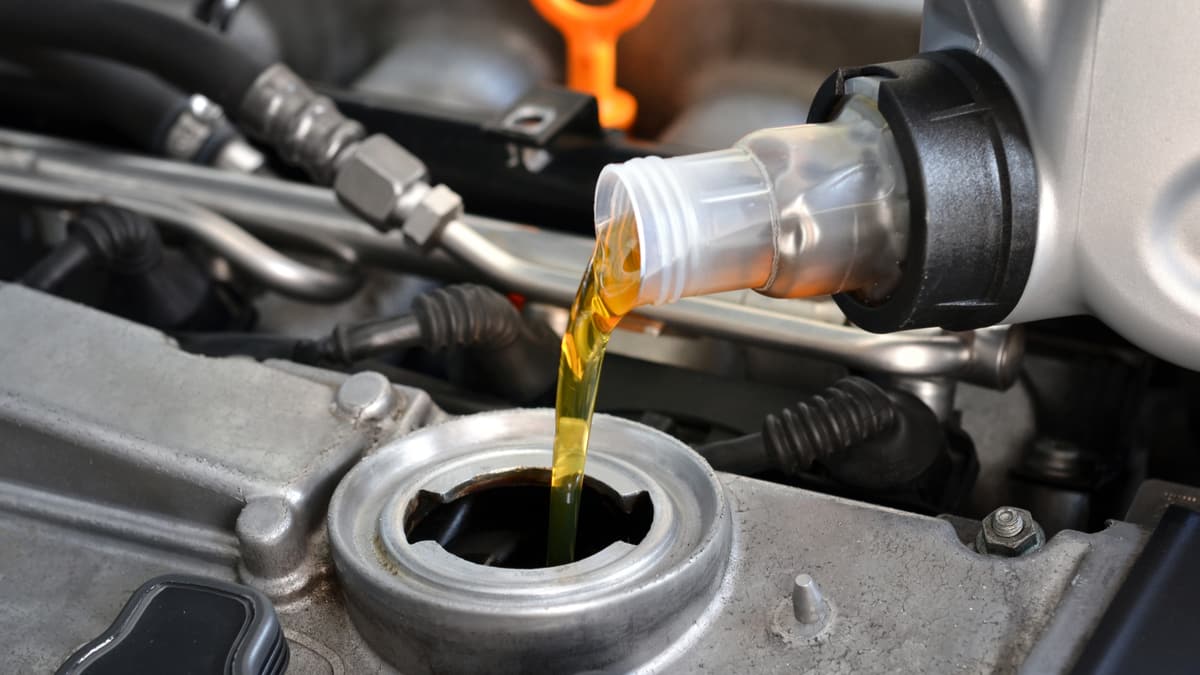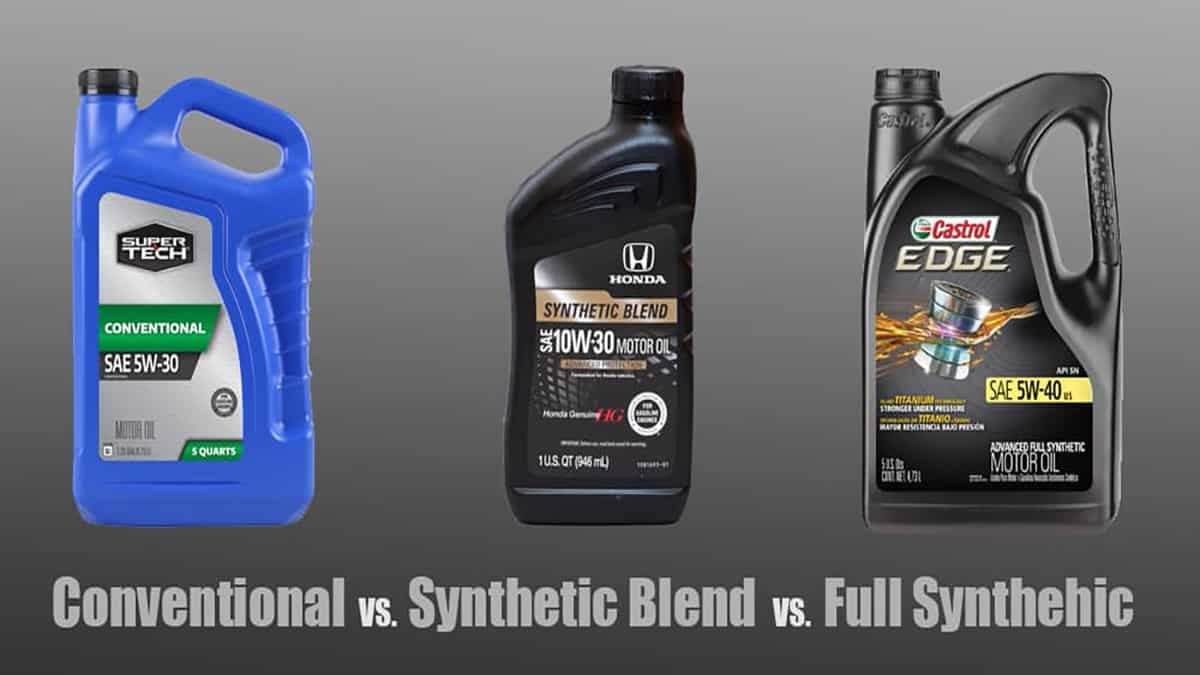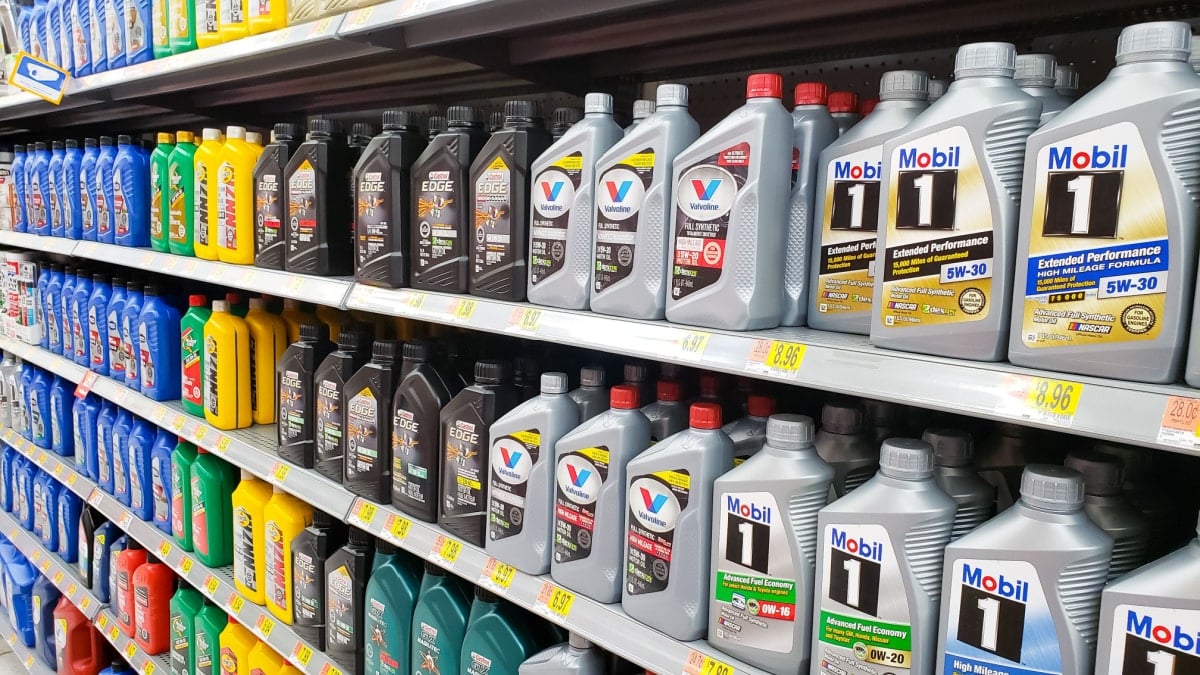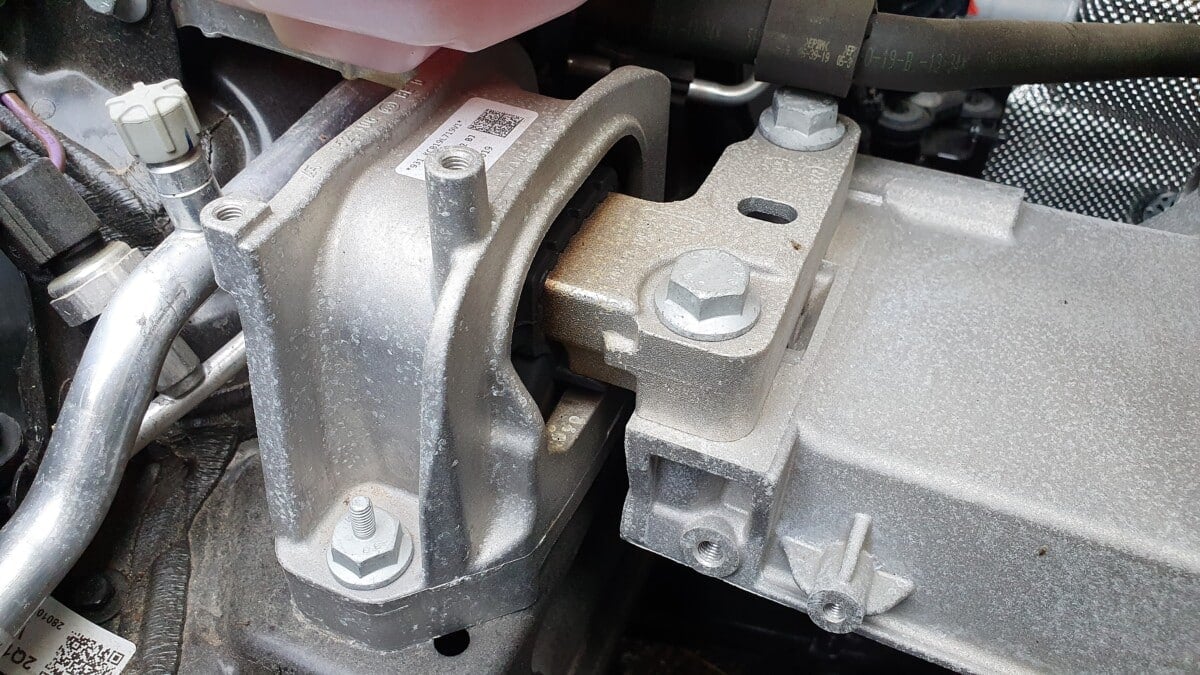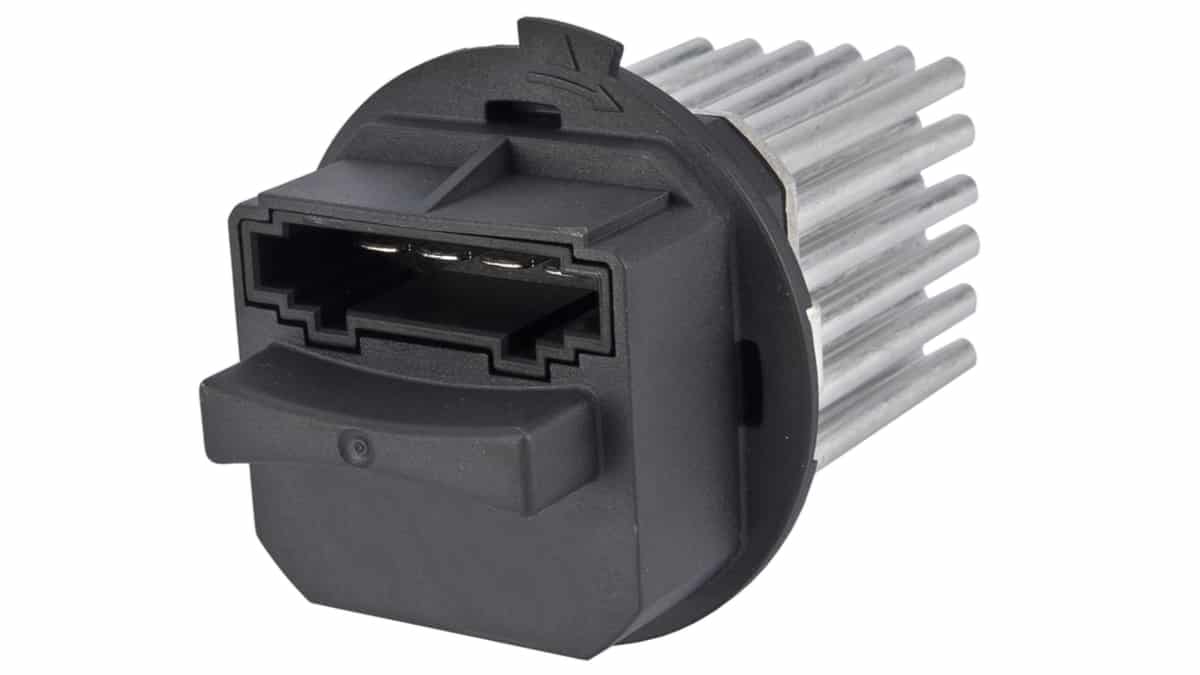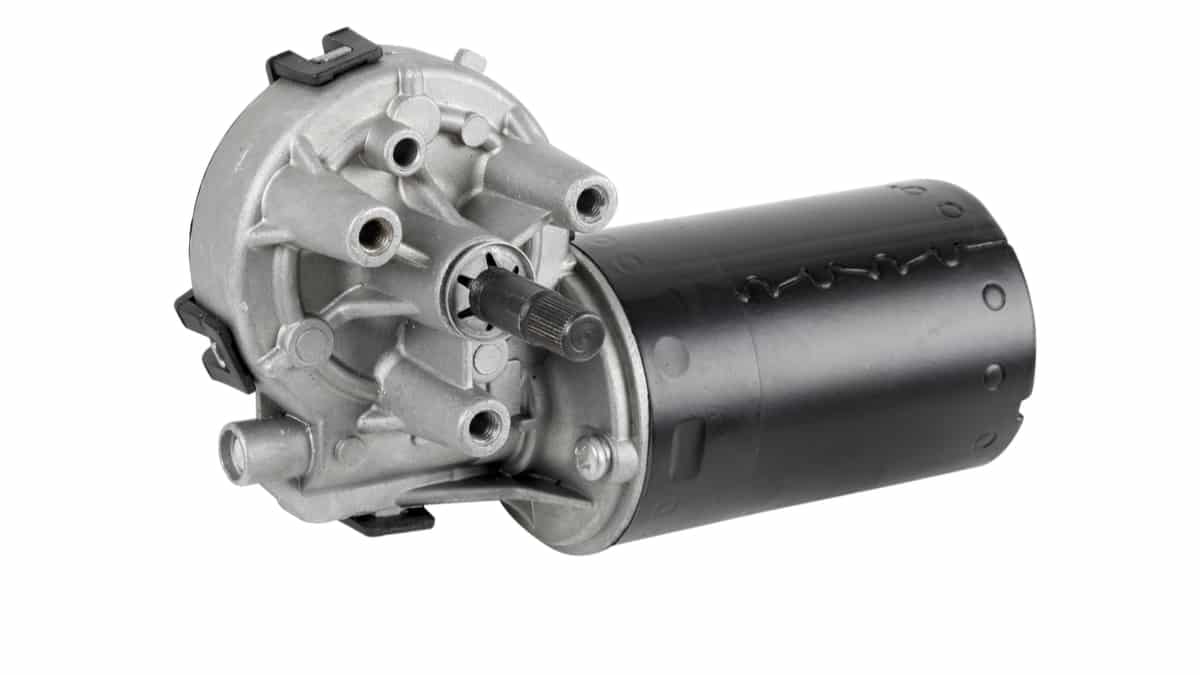Regular oil changes are part of being a car owner. You may know what motor oil to use and how to change your oil, but have you ever considered what SAE stands for? The letters “SAE” are imprinted on your motor oil containers, and there is a purpose for it.
In this article, we will discuss what SAE stands for in motor oil, and the types of engine oil you can use, and we will also explain viscosity.
What Does SAE Mean in Oil?
SAE in motor oil stands for “Society of Automotive Engineers.” This is the group that designed the viscosity coding system for motor oils. This means the “SAE” refers to the oil viscosity specification.
In fact, the SAE was founded by Henry Ford and Andrew Ricker back in 1905. Originally, it was meant to be the organization for automotive engineers working around the country, but it didn’t take long for the role to expand.
By 1916, SAE had added tractor and aeronautical engineers to the group and quickly formed into the group it is known as today. By the end of World War I, SAE had taken on an educational role, ensuring industry standards.
In fact, SAE standards go beyond oil viscosities. The group oversees the automotive industry, but also has a part in aerospace, petroleum, trucking and more.
Its main role is to ensure consistency across the market. For example, the 5W40 motor oil that you enjoy in Ohio will be the same that you would buy in India. Without this standard, motor oil would vary wherever you were, causing the cost to also rise.
The SAE is responsible for maintaining over 1,600 practices and standards. While the SAE cannot enforce the law, the National Highway Traffic Safety Administration (NHTSA) has placed the SAE in the documentation that states the federal safety agency’s standards and rules. This is also true in Canada, where Transport Canada is responsible for setting guidelines.
What is Oil Viscosity?
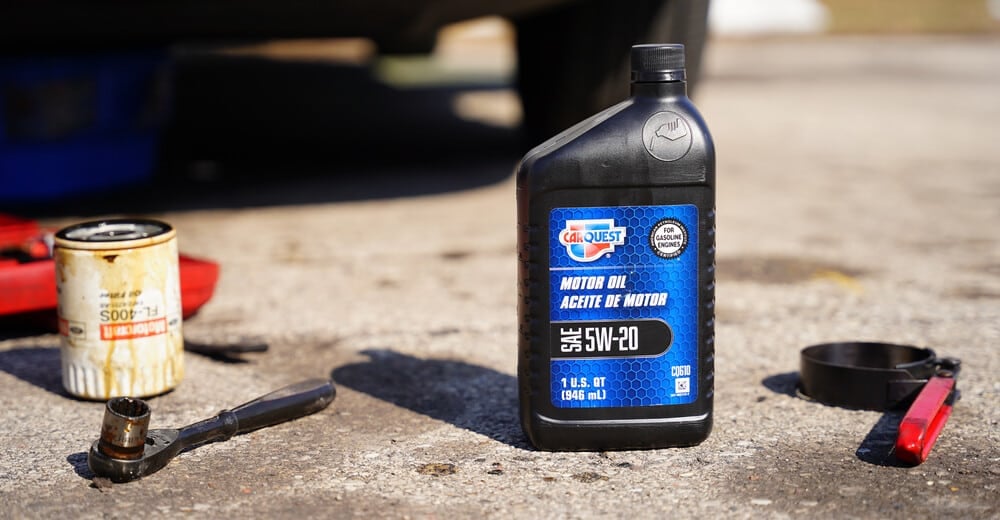
Oil viscosity measures how long it takes the oil to flow through a particular container at specific temperatures. When the oil contains a higher viscosity, it takes longer to flow versus oil with a lower viscosity.
Typically, motor oil is rated with a number, XW-XX. For example, you will notice that motor oil is listed as SAE 5W-30, SAE 10W-30 or SAE 10W-40. Since I’ve already looked at the meaning of SAE, it’s time to examine the other aspects of the formula.
The letter “W” stands for “Winter.” Many people assume that it means “Weight,” but that’s not the case. The number located right before the W shows how the oil flows when at 0 degrees Fahrenheit. The lower this number is, the less likely the oil is to thicken when the temperatures get cold. In areas that are consistently cool, a 0W or 5W motor oil tends to perform the best.
After the “W,” there are two other numbers. These indicate the oil viscosity rating when operating at 212 degrees Fahrenheit. Basically, this number shows how fast the oil thins out when operating at higher temperatures. In this example, the 10W-30 motor oil and 10W-40 oil are going to function the same in colder weather, but the first is going to thin out faster when the temperatures rise.
Types of Motor Oil
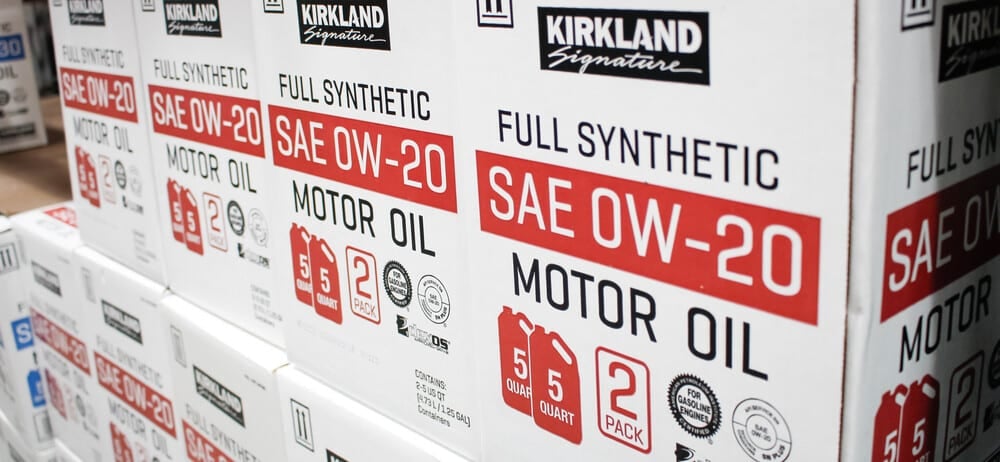
Conventional Motor Oil
Back in the day, conventional motor oil was all that was available. It is the purest form of oil, containing no additives.
It’s also the cheapest and easiest to find. While the oil follows SAE standards, it will require changing more frequently, and doesn’t provide high-performance protection.
RELATED: 6 Best Motor Oils for High Mileage Engines
Premium Conventional Motor Oil
There’s very little difference between standard conventional and premium conventional oils. In fact, you will find the same 5W-30, 10-30 and other designations available. Additionally, these oils don’t contain any additives.
Typically, these oils are pushed by car manufacturers as being better than conventional, but that isn’t typically the case. However, they can be used for most light-duty vehicles and often cost less than synthetic oils.
High-Mileage Motor Oil
If your vehicle contains more than 75,000 miles, you want to take extra steps to protect the engine. That’s where high-mileage motor oil comes into play.
In some formulas, seal conditioners have been added. This formulation ensures more protection for the engine that is starting to wear out. You will find that these high-mileage oils often cost more, but if it keeps the engine running longer, it’s well worth the expense.
Synthetic Motor Oil
Full-synthetic oil is designed to provide better performance and protection. Special additives are included for a variety of purposes, from cleaning out corrosion to lubricating the seals better. Each formula is made differently but must still adhere to SAE standards.
Synthetic oil will cost the most of all other options. However, you can push the vehicle longer without an oil change because of the special formulation.
RELATED: Conventional vs Synthetic Blend vs Full Synthetic Oil (Which to Use?)
Synthetic Blend Motor Oil
For most modern vehicles on the road, this type of oil is the preferred option. Basically, synthetic blends provide some of the benefits of full synthetics but are also mixed with some conventional oil to keep the cost down.
Each formulation contains its own additives, so research will be required to find the appropriate option for your vehicle. However, you should be able to go longer between oil changes than you did with conventional oil.
To determine what viscosity and type of motor oil are best for your vehicle, reference your car owner’s manual or speak with the dealership.
Categories: Engine Oil
